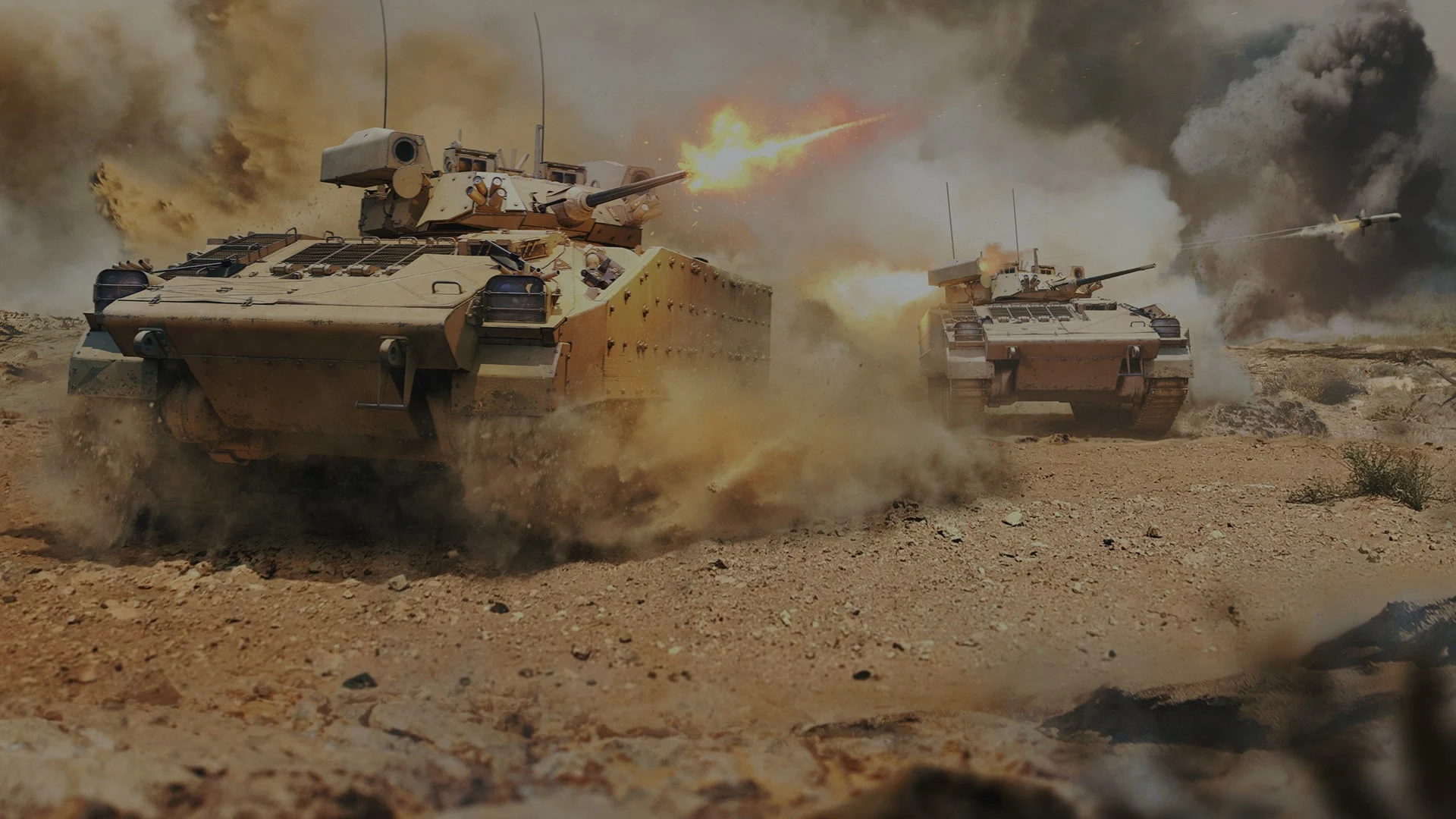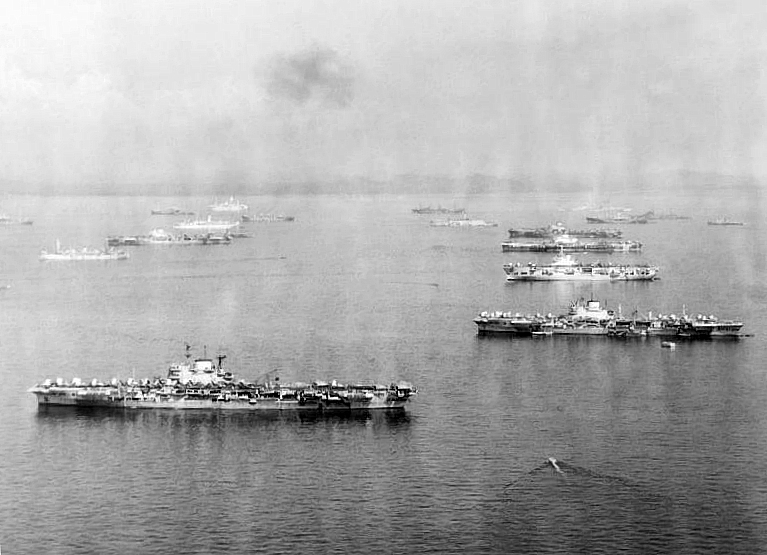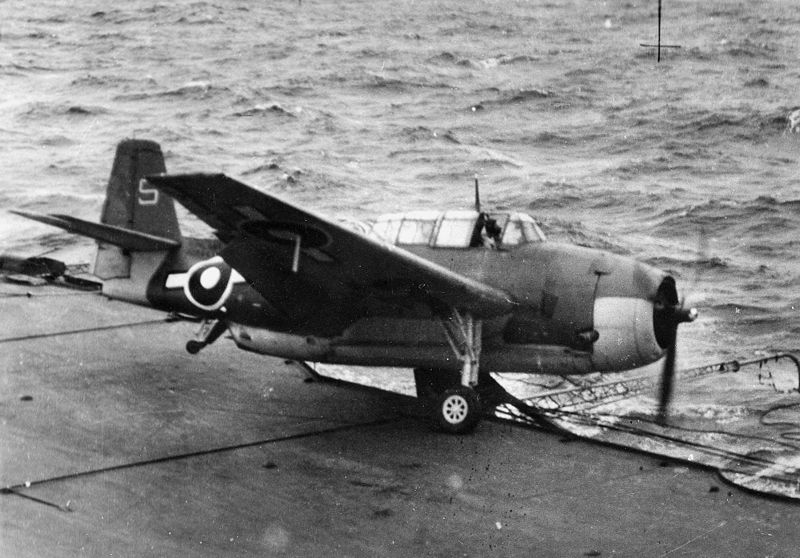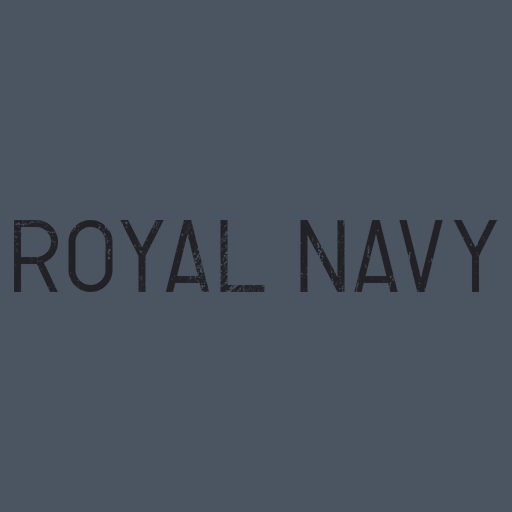
- For PC
- For MAC
- For Linux
- OS: Windows 7 SP1/8/10 (64 bit)
- Processor: Dual-Core 2.2 GHz
- Memory: 4GB
- Video Card: DirectX 10.1 level video card: AMD Radeon 77XX / NVIDIA GeForce GTX 660. The minimum supported resolution for the game is 720p.
- Network: Broadband Internet connection
- Hard Drive: 17 GB
- OS: Windows 10/11 (64 bit)
- Processor: Intel Core i5 or Ryzen 5 3600 and better
- Memory: 16 GB and more
- Video Card: DirectX 11 level video card or higher and drivers: Nvidia GeForce 1060 and higher, Radeon RX 570 and higher
- Network: Broadband Internet connection
- Hard Drive: 95 GB
- OS: Mac OS Big Sur 11.0 or newer
- Processor: Core i5, minimum 2.2GHz (Intel Xeon is not supported)
- Memory: 6 GB
- Video Card: Intel Iris Pro 5200 (Mac), or analog from AMD/Nvidia for Mac. Minimum supported resolution for the game is 720p with Metal support.
- Network: Broadband Internet connection
- Hard Drive: 17 GB
- OS: Mac OS Big Sur 11.0 or newer
- Processor: Core i7 (Intel Xeon is not supported)
- Memory: 8 GB
- Video Card: Radeon Vega II or higher with Metal support.
- Network: Broadband Internet connection
- Hard Drive: 95 GB
- OS: Most modern 64bit Linux distributions
- Processor: Dual-Core 2.4 GHz
- Memory: 4 GB
- Video Card: NVIDIA 660 with latest proprietary drivers (not older than 6 months) / similar AMD with latest proprietary drivers (not older than 6 months; the minimum supported resolution for the game is 720p) with Vulkan support.
- Network: Broadband Internet connection
- Hard Drive: 17 GB
- OS: Ubuntu 20.04 64bit
- Processor: Intel Core i7
- Memory: 16 GB
- Video Card: NVIDIA 1060 with latest proprietary drivers (not older than 6 months) / similar AMD (Radeon RX 570) with latest proprietary drivers (not older than 6 months) with Vulkan support.
- Network: Broadband Internet connection
- Hard Drive: 95 GB

Avenger Mk.I of the Royal Navy
Special: from 5am GMT January 30th till 5am GMT January 31st
x4 RP gain for the first victory for Britain
The Palembang Raids
If asked to name a single battle in which the Fleet Air Arm was involved in, particularly in the Second World War, the majority of present day naval aviators will most probably name Taranto. Whilst there is no doubt as to the huge importance of the Taranto Raid, it is perhaps strange that far less well known are the Palembang Raids. It is particularly strange as the strikes on Palembang were the largest operations the Fleet Air Arm was ever involved in as a stand-alone force.
By the end of 1944, the allies had thrown the forces of Japan onto her back foot – the US Navy had defeated the Japanese at Saipan and Leyte Gulf, and the British Eastern Fleet had carried out its first strikes against targets in Sumatra. But whilst a good working relationship existed between Britain and the United States, there were many senior officers in the US Navy who believed that the final defeat of Japan should be a purely American affair – fitting revenge for Pearl Harbour.
It was down to Admiral Sir Bruce Fraser to convince the US Navy that the British Eastern Fleet was not just a political addition to the allied force in the Far East – it was a vital weapon. After talks with Admiral Nimitz, a target was agreed for the aircrews embarked aboard the Eastern Fleet’s four carriers – the Palembang Oil Refineries in Sumatra. The Pladjoe and Soengei Gerong refineries were the two largest sites in the entire Far East, and were capable of supplying enough oil to supply nearly two thirds of the Japanese requirement for aviation fuel – a successful strike against these targets would have a huge impact on Japanese air power. However, they lay a long way inland with a route across mountainous terrain, and allied intelligence reported heavy defences consisting of fighters and AA. Unbeknownst to the crews was the presence of a network of some 30 barrage balloons – a significant shock which added complications during the raids and caused losses amongst the attacking aircraft.
 The attacks were scheduled for 24th and 29th of January 1945. The plan was for Grumman Avenger bombers of 857, 854, 849 and 820 Naval Air Squadrons to attack the refineries, each aircraft being armed with four 500 lb bombs. The main strike force would be escorted by Vought Corsair and Grumman Hellcat fighters, whilst Fairey Firefly aircraft would dual role as escort fighters and an additional strike element with their 60 lb rockets. Ahead of this, a further two groups of Corsairs would fly ‘Ramrods’ – offensive fighter sweeps – over the Japanese airfields within range of the attack. The remaining Corsairs and Hellcats, together with Supermarine Seafires from HMS Indefatigable, would provide cover for the Carrier Battlegroup itself. A secondary raid was also planned against the coastal town of Mana and, with Hellcats flying photo reconnaissance and two Supermarine Walrus amphibians on standby for Search and Rescue of downed aircrews; a staggering 244 Royal Naval aircraft were involved in the Palembang operation.
The attacks were scheduled for 24th and 29th of January 1945. The plan was for Grumman Avenger bombers of 857, 854, 849 and 820 Naval Air Squadrons to attack the refineries, each aircraft being armed with four 500 lb bombs. The main strike force would be escorted by Vought Corsair and Grumman Hellcat fighters, whilst Fairey Firefly aircraft would dual role as escort fighters and an additional strike element with their 60 lb rockets. Ahead of this, a further two groups of Corsairs would fly ‘Ramrods’ – offensive fighter sweeps – over the Japanese airfields within range of the attack. The remaining Corsairs and Hellcats, together with Supermarine Seafires from HMS Indefatigable, would provide cover for the Carrier Battlegroup itself. A secondary raid was also planned against the coastal town of Mana and, with Hellcats flying photo reconnaissance and two Supermarine Walrus amphibians on standby for Search and Rescue of downed aircrews; a staggering 244 Royal Naval aircraft were involved in the Palembang operation.
The Strike Leader was the CO of 857 Squadron, Lt Cdr W Stuart RNVR. Sub Lt (A) Frank Stovin-Bradford RNVR, also of 857, flew on the first strike, Meridian One, as part of the diversionary attack on Mana airfield.
“I thought it was a wonderful aeroplane,” Stovin-Bradford recalls his experiences with the Avenger, “it flew beautifully – very manoeuvrable, very big, very comfortable. It wasn’t cleared to roll, but wingovers were virtually upside down when we went in on bombing runs. I had about 300 hours on type by this time.”
Stovin-Bradford was the last off the deck, shortly before 0730.
“Our five Avengers formed up and flew towards Mana, our escort up above us. Mana airfield had two runways, with several Japanese fighters on the ground. We attacked from 8000 feet in pairs before diving out to sea to form up again. After we went in, the fighters carried out strafing runs before we all continued on to Buntuhan airfield, which we strafed. The anti-aircraft fire there was pretty active – one of our escorting Hellcat pilots was hit in the eye and we had to shepherd him back to the carrier.”
The attacks of the first day had been a success, but not without cost – several aircraft had been lost in the main strike over the oil refineries. The strike would then be repeated on the 29th, code-named Meridian Two. 48 Avengers, 12 from each squadron, were escorted by 48 Corsairs, 16 Hellcats and 12 Fireflies, giving a strike package of 124 aircraft. This time, Frank Stovin-Bradford was part of the main raid, but once again he was the last off the deck, acting as ‘Tail End Charlie.’
 “The weather was pretty awful as we took off. We found a gap in the clouds and climbed to 10,000 feet, giving us a couple of thousand feet clearance over the Barisan Mountains for our transit across Sumatra. After about one hundred miles, my observer called out - fighters attacking us from the left. Our escort got stuck in and did a wonderful job, but some of the enemy fighters managed to get through.”
“The weather was pretty awful as we took off. We found a gap in the clouds and climbed to 10,000 feet, giving us a couple of thousand feet clearance over the Barisan Mountains for our transit across Sumatra. After about one hundred miles, my observer called out - fighters attacking us from the left. Our escort got stuck in and did a wonderful job, but some of the enemy fighters managed to get through.”
The attacking fighters were Japanese Army Nakajima Ki-44 Shokis, codenamed ‘Tojos’ by the allies. The Tojo was considered by many Fleet Air Arm pilots in theatre to be in the same league, if slightly outclassed by the Hellcat and Corsair; by this stage of the war very few experienced Japanese pilots remained and new pilots were rushed to the frontline with barely adequate training, but the quality of pilots at Palembang was generally higher due to a significant number of instructors within their ranks. The Corsairs and Hellcats tore through the Tojos, but those few Japanese pilots who managed to evade the escort found themselves lined up on the vulnerable, slow Avengers.
“They got very close indeed,” Stovin-Bradford remembers, “close enough that I remember one Japanese pilot distinctly looking straight at me. My left wing was set on fire, my instruments panel was hit with cannon shells, my throttle was jammed in position and my ailerons were unresponsive. A second attack came in from the right and I fired a burst from my guns at a Tojo that flew across my nose.”
To make matters worse, anti aircraft fire erupted around the Avengers, and Stovin-Bradford’s aircraft was hit again, a shell passing straight through his left wing and taking off a wheel. His gunner, Harry Godfrey, was still firing at enemy fighters. The controls barely responsive in his hands, Stovin-Bradford elected to continue in formation and carry out the attack.
“We had a quick chat as a crew, but decided to crack on. I called up the CO and said ‘Give my love to Jackie!’ my wife, and then dived down to carry out my bombing run. I had to use the trim tabs to keep lined up as we passed down through the barrage balloons over the refinery, and then guessed my height at about 3000 feet when I released my bombs, as my altimeter had been hit. We were hit again by AA fire, bending the right wing.”
With all hydraulic power lost Stovin-Bradford headed for the carrier, flying only with the rudder, elevator and trim tabs, his engine throttle still locked in position. He piloted the Avenger back to the British Fleet, alone in the sky at 4000 feet. Although suffering from a vicious head wound from shrapnel, the observer, Clem Spearman, navigated the wounded bomber back to the carrier.
 “We had one undercarriage oleo down, no wheels, no flaps and no engine control, so ditching was going to be difficult,” Stovin-Bradford continues, “we removed anything which might get in our way for a quick exit – canopy panels, turret panels, even our revolvers and machetes, before we then descended low over the Fleet, and then I cut the fuel to the engine, flaring to land on the crest of a wave after we finally lost power. The whole aircraft sank like a submarine under the wave, long enough for me to think that we were pretty much finished, but then we popped up again to settle on the surface.”
“We had one undercarriage oleo down, no wheels, no flaps and no engine control, so ditching was going to be difficult,” Stovin-Bradford continues, “we removed anything which might get in our way for a quick exit – canopy panels, turret panels, even our revolvers and machetes, before we then descended low over the Fleet, and then I cut the fuel to the engine, flaring to land on the crest of a wave after we finally lost power. The whole aircraft sank like a submarine under the wave, long enough for me to think that we were pretty much finished, but then we popped up again to settle on the surface.”
The three aviators took to their dinghy and were picked up by HMS Wessex, where Spearman recovered in sickbay. Over the course of the Palembang raids the Royal Navy lost 41 aircraft and 32 aircrew, although tragically nine Prisoners of War were later executed by their Japanese captors in a war crime which would later remember them collectively as the ‘Palembang Nine’. The Fleet Air Arm losses consisted of six Avengers, eight Corsairs, a Firefly and a Hellcat to enemy action, eleven aircraft ditching and a further fourteen in deck landing incidents. During the course of the raids, Japanese aircraft had attempted to approach the British carrier fleet but on every occasion were attacked by the escorts, with Seafires shooting down four Japanese aircraft without suffering a single loss. Altogether 68 Japanese aircraft had been destroyed, 30 in the air. Most importantly, the strategic effects of the attack were significant. The Pladjoe oil refinery ceased production for a month; Soengei Gerong for nearly three months. Such was the extent of the damage to the oil refineries that full production did not resume until after the end of the war.
Vice-Admiral Sir Philip Vian, commander of the air component of the British Eastern and later British Pacific Fleet, summed up the courage and tenacity of the crews involved in the strikes. “Whatever the demerits, into the execution of this plan as it stood the squadrons put the limit of human endeavour; that they achieved so great a measure of success against a not easily accessible and heavily defended target justifies an outlook of high promise for the future besides being ever more creditable to the officers and men concerned.”
The Palembang raids were a great success, testament to the bravery and professionalism of the aircrews and ground crews involved, and an event that now rightfully takes its place alongside Taranto as proof of what the Fleet Air Arm is capable of.
Discuss the article on our forums
The author
 Mark Barber, War Thunder Historical Consultant
Mark Barber, War Thunder Historical Consultant
Mark Barber is a pilot in the British Royal Navy's Fleet Air Arm. His first book was published by Osprey Publishing in 2008; subsequently, he has written several more titles for Osprey and has also published articles for several magazines, including the UK's top selling aviation magazine 'FlyPast'. His main areas of interest are British Naval Aviation in the First and Second World Wars and RAF Fighter Command in the Second World War. He currently works with Gaijin as a Historical Consultant, helping to run the Historical Section of the War Thunder forums and heading up the Ace of the Month series.
Avenger Mk I will become available along with several new Royal Navy decals:
 |
 |
| Avenger Mk.I - the new British premium bomber | New camo for Hellcat F Mk.I |
 |
 |
|
Blue/white roundel used by British and Commonwealth aircraft in the Far East |
"ROYAL NAVY" decal |
Discuss the new content on our forums
War Thunder team



